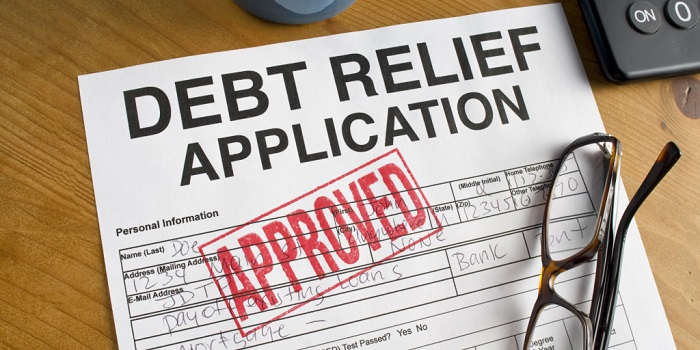
4 Ways to Get Credit Relief after Bankruptcy
bad creditBankruptcy results when an individual or a company is no longer able to meet its debt payments to creditors. It is not just the basic ‘running out of money’. Applying for bankruptcy is important to change your legal financial status so that your creditors will know of your financial situation. The first step is filing for bankruptcy, a decision will be made on the basis of your monthly income and expenses to see if you can make repayments. Based on this decision, the debt will be forgone. This is only applicable for unsecured debt, debt that is not covered by any assets.
 Image Source: www.beatdebt.info
Image Source: www.beatdebt.info
A credit card is the best example of unsecured debts. Getting a credit card is quite easy these days because people sometimes just keep swiping them for things they don’t need and cannot afford. The debt keeps accumulating, until one day, it has to be repaid. This is the perfect recipe of how to go bankrupt.
Credit relief is getting some form of relief from the debt. This can either be by reducing a percentage of the principal debt or by extending the period to meet payments. Basically, it is renegotiating the terms of the original debt in the interest and favour of the debtor. This favour is provided when the debtor is in financial difficulty and may go bankrupt.
But what if the debtor has already been bankrupt?
Bankruptcy is a fresh start to your financial health. You may not have anything at the moment, but at least you don’t owe anything. You do not get a clear credit report right away after bankruptcy. You will need to work on that, but there are a few ways to help after you face bankruptcy.
- The very first step is always to remember this and decide that you will never wind up in this situation again,e. bankrupt.
- Various financial counselors can help with your financial situation. Talk to them about what may be the best option for you. If you have to pay monthly payments, try to decide what is the best course to make these payments?
- Even after bankruptcy, you can get a secured debt consolidation loan in the future to pay off any creditors for a lump sum of money and monthly paybacks for a lower interest rate.
- You need to look into reestablishing your credit after bankruptcy if you want to get debt relief in the future. This time, it will be a good idea to apply only for secured loans that you know you can pay off. It is easier to obtain secured credit after bankruptcy than compared to unsecured loans. It may take a couple of years before you will be able to get an unsecured credit card.
Bankruptcy can be wiped off your credit report after you have reestablished your credit score. It takes a few years, but you’ll be there just remember not to put yourself in the same position again.